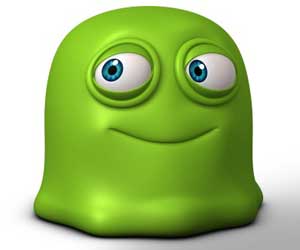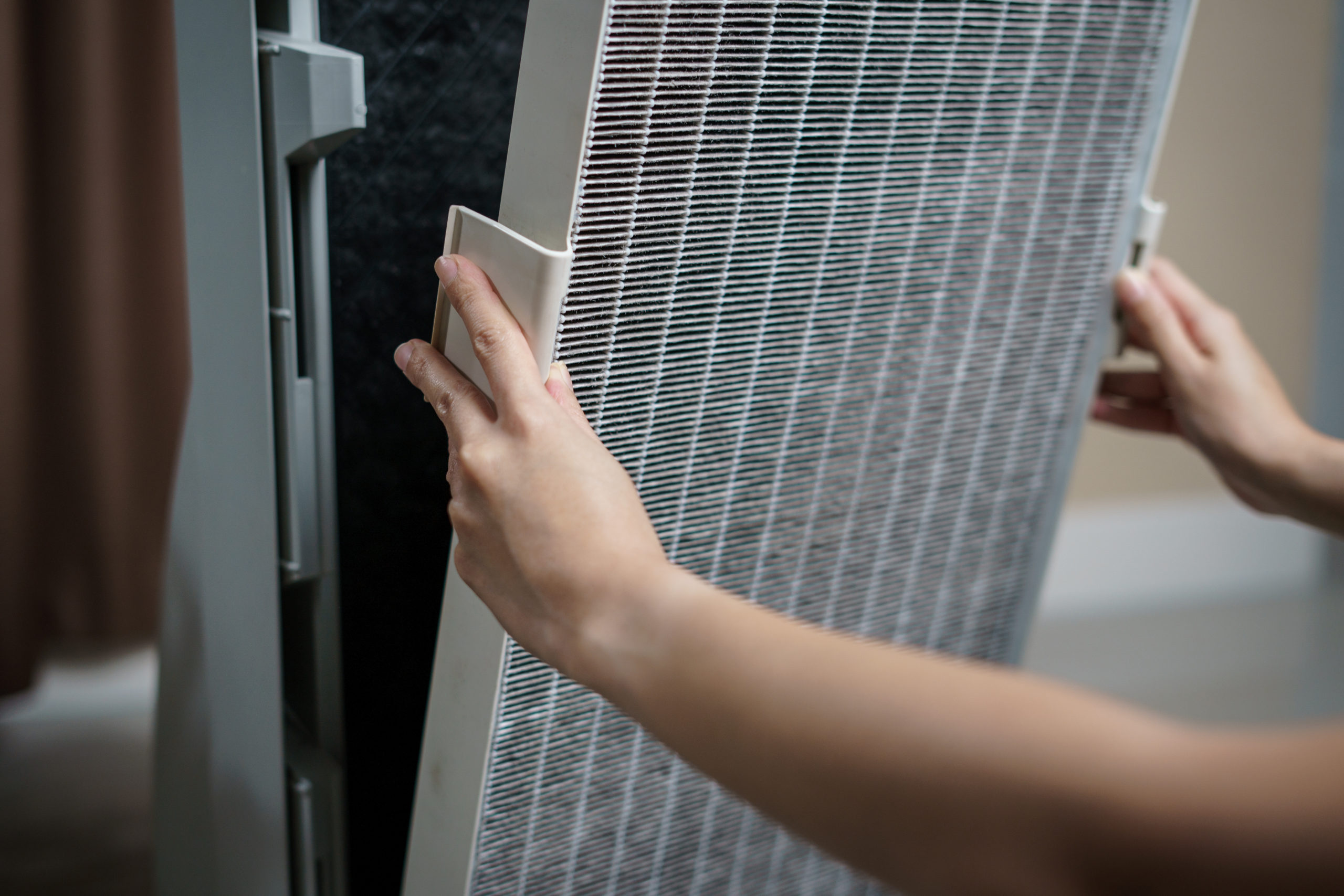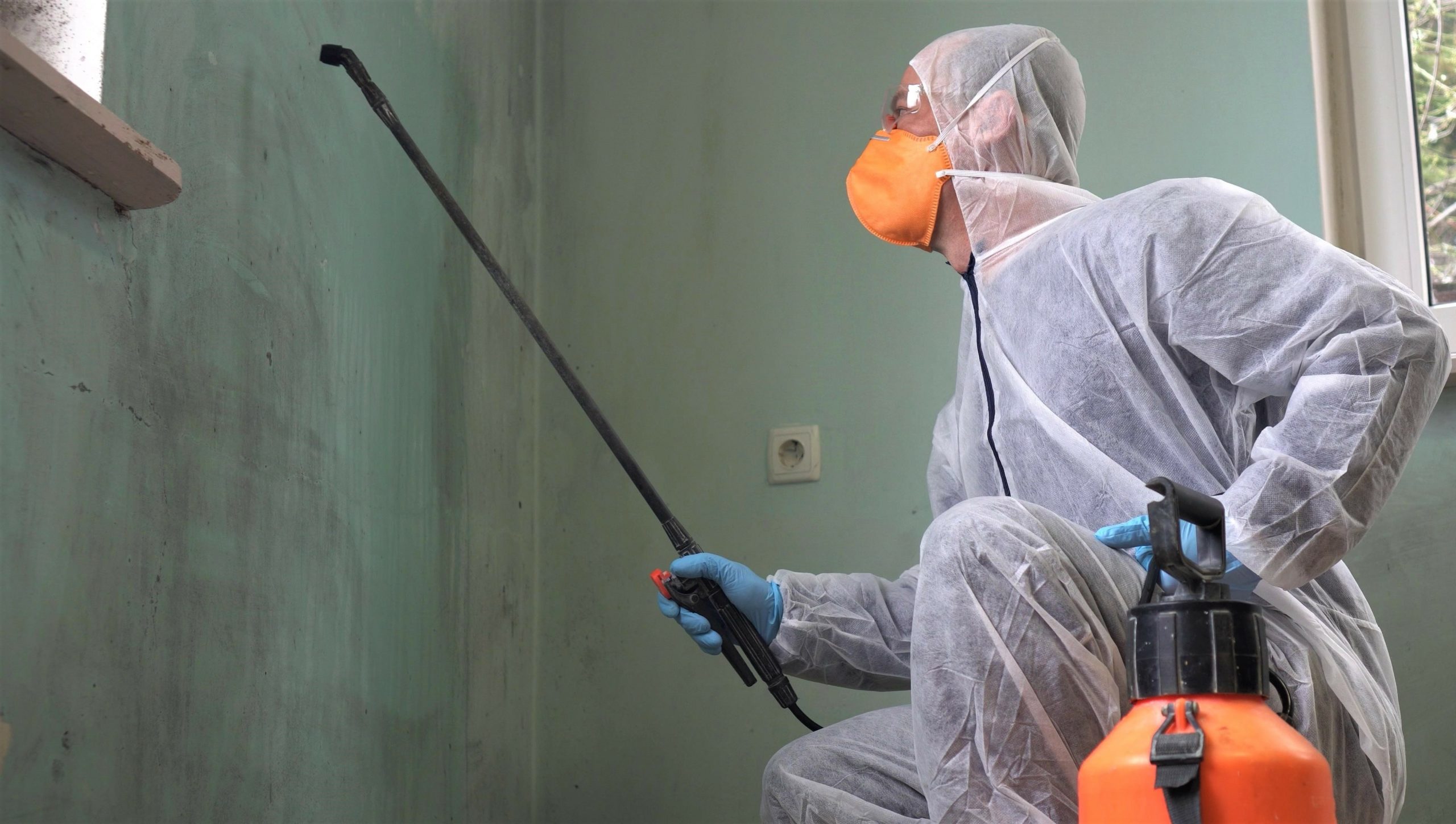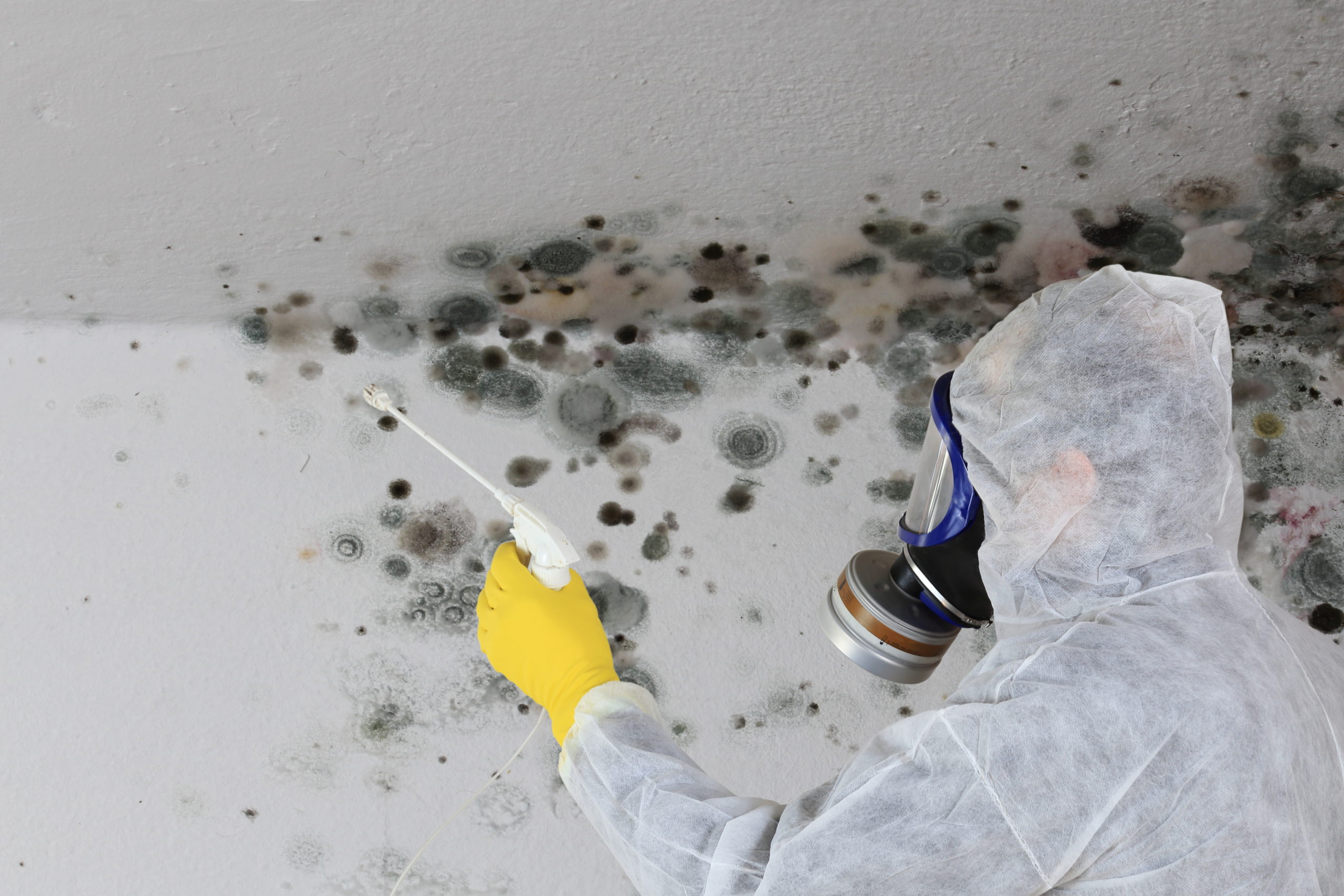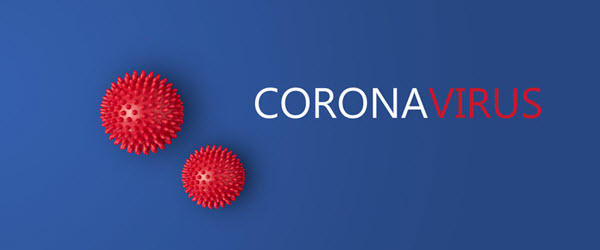We are like Pig Pen from the Charlie Brown cartoons, dragging a puffball of shedding microbes everywhere we go: surpising finds that may help with the “wildlife management” of indoor spaces.
Two years ago, I sent out a call to communities around North Carolina State University to voluntarily swab various areas in their homes, document the occupants and lifestyle activities, and send those in to be included in a study of the Wildlife in Your Home. Why? Because there is so much we still don’t know about what is really living in your home, how it gets there, and whether it’s safe or dangerous for those microbes to set up house…in your house.
[EasyDNNnewsToken:Left Justify Embed 300 x 250]
Though I am still processing all of the data kits, I’m learning there may be some new “facts” that may surprise you; truly we know so little about bacteria that it’s difficult to ever really know anything as a traditional fact. All of these new notions are based on the test kits from homes in the Raleigh and Durham communities of North Carolina and will help pave the way to knowing how better to manage the “wildlife” of the home and indoor spaces where we spend most of our lives.
1. No place in your home is devoid of microbes. If you take a cue tip or a finger and run it along almost anywhere in your house, you are likely to find at least tens and more often hundreds of kinds of bacteria. Even tap water is full of microbes and, in some cases, worms.
2. Bacteria Thrive Where They Can Settle and Stay. Places on which things can settle seem to have more kinds of life thriving on their surfaces. This is true, we know, of door trim, but it is almost certainly true of the top of your refrigerator, window sills, table tops, shelves, countertops, any appliance around the house, and more.
3. Only a Dozen Bacteria are the Bad Kind. What is bad in homes is the presence of pathogens, the kinds of bacteria that are likely to make people sick. Of the more than 8000 kinds of bacteria we found in the first forty homes we tested and considered, only a tiny handful, perhaps a dozen or so or 0.15%, have the potential to be pathogens. The rest are either beneficial or benign.
4. More Microbes Live Where We Spend the Most Time. Where we find microbes in the home is directly related to what we do in the home. That is, the places we put our bodies tend to have body bacteria. If we put our heads on things (pillows), they tend to have more oral microbes. If we put our bottoms on them (toilet seats), they tend to have more fecal microbes. And although our data didn’t consider this, it is not a stretch to suggest that those places where we set our body with our clothes on and don’t drool (the couch), we find mostly skin bacteria. We are like Pig Pen from the Charlie Brown cartoons, dragging a puffball of shedding microbes everywhere we go.
5. Dogs Matter in a Good Way. On some places where dust settles and places where dogs might lie, the number of kinds of microbes is higher in houses with dogs. The kinds of microbes are also different, with more microbes associated with dog’s mouths and soil (look what the dog dragged in). The higher diversity and different composition of microbes in dog houses is not necessarily bad. In fact, to the extent that we know, the literature tends to suggest that these dog microbes may be beneficial.
6. What Lives Outside can Predict What Lives Inside. The collection of microbes living happily on the outside door sill can predict to a great extent the collection on the inside door sill. So far, our study data are just from Raleigh and Durham, North Carolina, but if this is generally true, it may mean that the microbes in different homes are very different in different regions. This might seem obvious, but no one has ever explored it. We will soon, though, with our samples from 1600 homes across the U.S.
7. Most of the microbes we find in homes we don’t know anything about. Of the 8000 or so kinds of microbes we found in the first forty houses (spoiler alert, we are finding many, many more as we consider more houses), perhaps one hundred or 1.25% are well studied. For context, there are only three thousand named bacteria species in the world, and we are finding 8000 species in houses. This means that even if we found every named species on Earth, 5000 or 62.5% of the species we have found are not even named.
8. Handwashing and Antimicrobial Wipes May Not Be Effective…or Safe. Everything we know about antimicrobial wipes with Triclosan suggests they do not help to improve the health outcomes of people who use them. In addition, these products cause hormone problems in wild species, favor some microbes over others and show some (modest so far) evidence of being associated with a greater likelihood of some chronic health problems. This is not our research, but it seems relevant to the story of what is going on with microbes in homes. Conversely, soap, water, bleach and alcohol all seem like more reasonable ways to clean hands and disinfect homes, though it should be emphasized here that we are more ignorant than one might hope about the best methods or products. No one yet understands why hand washing works to prevent disease. In the one study of hand washing on the overall composition of microbes on skin, hand washing DID NOT affect the composition of microbes. The thought is that the benefit might come from washing away the most recently arrived bacteria and viruses (rather than changing the common critters), but this is, amazingly, just speculation.
9. Different Bacteria Like Different Places in the Home. In addition to the influence our bodies and our dog’s bodies in our homes, many other features of our homes seem to influence which microbes we find. Places closer to the door (such as door sills) seem to have more soil bacteria. Hot water heaters and other hot places in the home have bacteria that tend to be associated with hot springs. Refrigerators and freezers favor slow growing cold-tolerant species. Kitchens are filled with species that like to live on plants, including fresh produce.
10. The Home Smells Likes Its Bacteria – that is, You. The precise mélange of bacteria in a home influences the folks who live in that home, but we know relatively little about how or why. This influence is pervasive. When individuals make bread starter in their homes, it is colonized by Lactobacillus bacteria floating in their air. When we bump up against surfaces, some of the bacteria on those surfaces colonize our skin (but perhaps less often than you might guess). Which bacteria children are exposed to in and around a home seems to affect their chance of developing allergic and autoimmune disorders. Fewer kinds of bacteria seems worse in some studies though the relationship is far from simple. The smell of a house is a function of the bacteria and fungi in a house, just as the same is true for the smell of a body (armpits, mouth, all the rest).
Rob Dunn is a biologist and writer in the Department of Biology at North Carolina State University. Follow the Dunn Lab Project “The Wildlife of Your Home” as he continues to dig into the results of microbe swabs from over 1000 homes nationwide.

